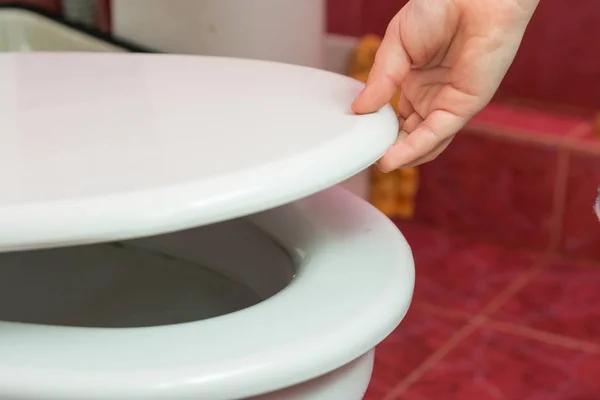Sports physiotherapy is a specialized branch of physical therapy that focuses on the prevention, treatment, and rehabilitation of injuries related to sports and exercise. One of the core components in this field is manual therapy, which plays a significant role in injury prevention.
Manual therapy involves hands-on techniques designed to mobilize joints, muscles, connective tissue, and nerves to facilitate movement and reduce pain. It includes massage, stretching exercises, joint manipulations and mobilizations among others.
The use of manual therapy for injury prevention is based on its ability to identify areas of weakness or stiffness that may predispose an athlete to injury. For instance, if an athlete has restricted movement in one part of their body due to muscle tightness or joint stiffness, they are likely compensating by overusing another area during their sport activities. This compensation can lead to increased stress on certain structures leading potentially towards injuries.
Through manual examination techniques such as palpation and passive movements assessment, sports physiotherapists can pinpoint these problematic areas before they manifest into major issues. By addressing these minor problems at an early stage through targeted manual therapy interventions like soft tissue release or joint mobilization techniques , it’s possible for the physiotherapist to restore normal function find out everything thus reducing the risk of future injuries.
Furthermore, manual therapy also supports injury prevention by enhancing athletic performance. Improved flexibility from soft tissue work or increased joint range from manipulations can result in more efficient movement patterns during sport activities. This efficiency not only boosts performance but also minimizes unnecessary strain on body parts thereby preventing potential injuries.
In addition to improving physical function directly linked with sporting performance like strength and flexibility ,manual therapy also plays a crucial role in maintaining optimal neural health which indirectly affects athletic performance . Techniques such as nerve gliding exercises help ensure that nerves move freely within their pathways without any restrictions . Restricted neural mobility often results in symptoms such as pain ,weakness or altered sensations which could hinder athletic performance and predispose athletes to injuries.
Moreover, manual therapy can also aid in injury prevention by promoting recovery. Post-exercise muscle soreness and fatigue are common among athletes and if not properly managed, they can lead to overuse injuries. Manual therapy techniques like massage or myofascial release help speed up recovery by enhancing blood circulation , reducing muscle tension and promoting relaxation.
In conclusion, manual therapy is a valuable tool in sports physiotherapy for injury prevention. It helps identify potential problem areas, enhances athletic performance, maintains neural health and promotes recovery. However , it’s important to note that manual therapy should be used as part of a comprehensive approach to injury prevention that includes other aspects such as proper training techniques, adequate rest , balanced nutrition among others .




